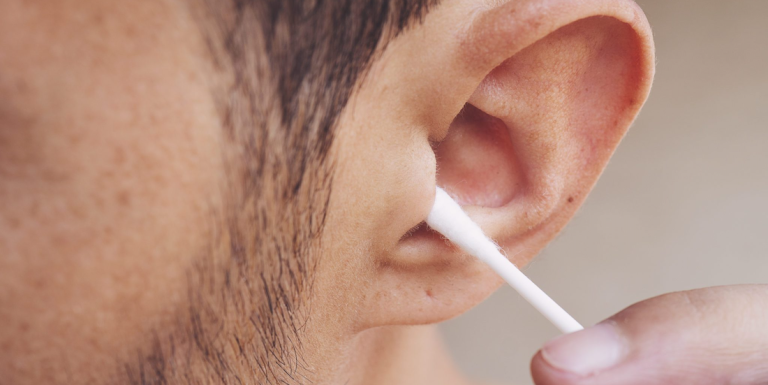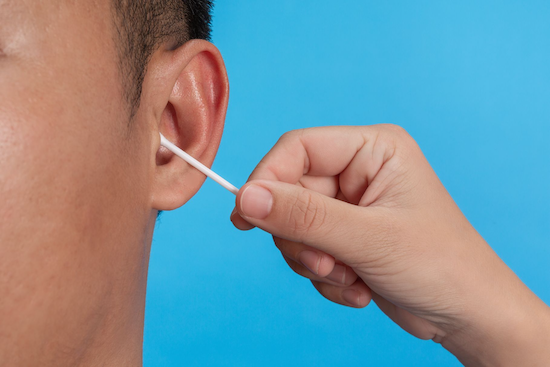
Earwax, often dismissed as a mere nuisance, is emerging as a surprising source of health information
New York, N.Y. –– Earwax, often dismissed as a mere nuisance, is emerging as a surprising source of health information. Scientifically known as cerumen, this waxy substance produced in the ear canal can offer clues about an individual’s well-being, from infections to stress levels. Researchers are increasingly exploring its potential as a diagnostic tool, revealing a complex picture of the body’s inner workings.
The composition of earwax varies, influenced by genetics, environment, and health conditions.
Typically, it consists of dead skin cells, hair, and secretions from glands in the ear canal. Its primary role is protective, trapping dust, bacteria, and other particles before they reach the eardrum. However, its appearance and properties can signal underlying issues. For instance, wet, sticky earwax may indicate recent stress or hormonal changes, while dry, flaky wax could point to dietary deficiencies or skin conditions.
Color is another key indicator.
Healthy earwax is usually light yellow to honey-colored. Dark brown or black wax might suggest an accumulation of debris or an infection, while green hues could indicate bacterial presence. Blood-tinged earwax may warrant immediate medical attention, potentially signaling trauma or a perforated eardrum.
“Earwax is like a snapshot of what’s happening in the body,” says Dr. Sarah Thompson, an otolaryngologist studying cerumen’s diagnostic applications.

Ethnicity also plays a role. Research shows East Asians often have dry, flaky earwax due to a genetic mutation in the ABCC11 gene, while wet, sticky wax is more common among people of European or African descent.
This variation isn’t just cosmetic—it can affect how earwax interacts with the ear canal and its susceptibility to blockages. Understanding these differences is crucial for personalized medical approaches.
Beyond its physical properties, earwax is being studied for its chemical makeup. Scientists have detected volatile organic compounds (VOCs) in earwax, which could serve as biomarkers for diseases.
A 2014 study found distinct VOC patterns in earwax linked to certain cancers, suggesting potential for non-invasive screening. Other research explores connections to metabolic disorders, with early findings indicating earwax could reflect blood glucose levels or cholesterol imbalances.
Despite its potential, earwax analysis is not yet a mainstream diagnostic tool.
Current medical assessments rely on blood tests, imaging, or biopsies for accuracy. However, earwax’s accessibility makes it an appealing candidate for future innovations. “We’re still in the early stages, but the possibilities are exciting,” notes Dr. Thompson. Non-invasive methods could revolutionize diagnostics, particularly in resource-limited settings.
Safe earwax removal remains a priority.
Excessive buildup can cause hearing loss, discomfort, or tinnitus. Experts advise against using cotton swabs, which can push wax deeper into the canal or damage the eardrum. Instead, over-the-counter drops or professional cleaning by a healthcare provider are recommended. Irrigation, using a gentle stream of water, is another effective method when performed correctly.
Public awareness of earwax’s health implications is growing.
Online forums and health blogs frequently discuss its variations, though misinformation abounds. Some claim earwax color alone can diagnose specific diseases, but experts emphasize the need for professional evaluation. “It’s a piece of the puzzle, not the whole picture,” says Dr. Michael Lee, an ear specialist.
Research continues to uncover earwax’s secrets.
Universities and medical institutions worldwide are investigating its links to genetic disorders, environmental exposures, and even mental health. For example, stress-related compounds like cortisol have been detected in earwax, offering a potential marker for chronic stress. These findings could lead to novel ways to monitor health over time.
As science advances, earwax may transition from a hygiene concern to a valuable health resource.
Its non-invasive nature and constant production make it a practical target for study. While it’s unlikely to replace traditional diagnostics soon, earwax could complement existing methods, providing a unique perspective on the body’s state. For now, paying attention to its changes—and seeking professional advice when needed—remains the best approach.
Earwax Reveals Surprising Health Insights, Experts Say (April 29, 2025)